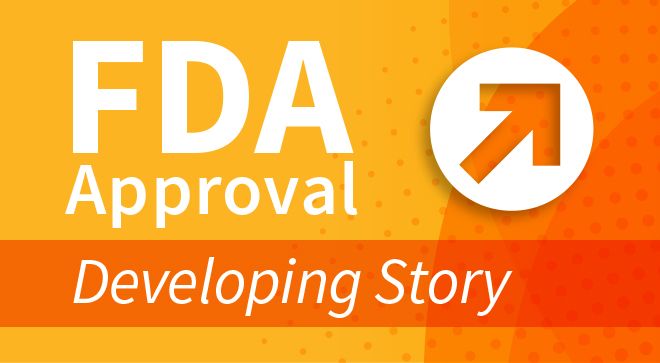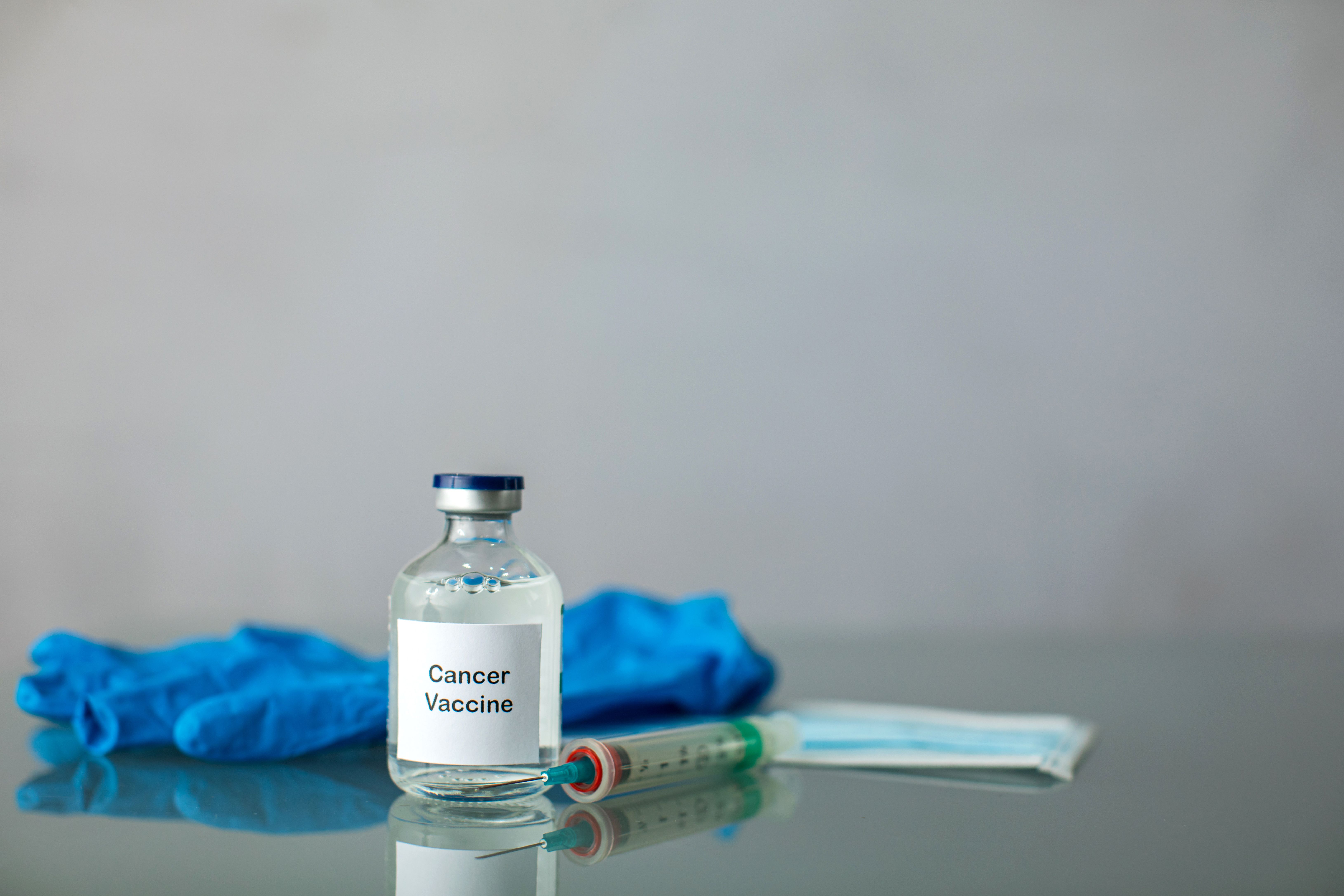Article
Researchers Still Determining Best Use of Immunotherapy in Lung Cancer Care
Author(s):
Immunotherapy agents have shown significant promise in treating non-small cell lung cancer (NSCLC) in the second line, but what will their future be in lung cancer's frontline?
While agents such as Opdivo (nivolumab) and Keytruda (pembrolizumab) have shown significant promise in the second-line treatment of non-small cell lung cancer, questions remain on how immunotherapy will perform in the frontline.
The available evidence is mixed. Regarding Keytruda, the FDA granted a priority review to a supplemental biologics license application as a first-line treatment for patients with PD-L1—positive NSCLC, based on findings from the phase 3 KEYNOTE-024 trial. Here, Keytruda improved progression-free and overall survival (OS) versus chemotherapy in patients whose PD-L1 expression levels were higher than 50 percent.
However, an announcement on the CheckMate-026 trial, which explored Opdivo as a frontline therapy for NSCLC patients with PD-L1 expression more than 5 percent, did not demonstrate an improvement in progression-free survival. Full results from either study have not yet been presented.
An even bigger question is how to determine which patients are fit to receive these immunotherapies—either as monotherapy or in combination. Such combination regimens do have the potential to elicit activity in patients with little to no PD-L1 expression, explained Hossein Borghaei, D.O.
“We’re trying to figure out how to best select patients who would benefit from these agents without necessarily excluding everyone,” said Borghaei. “However, we are realizing that no single drug is necessarily appropriate in all patients. If we can limit the toxicities of these agents in patients who are not going to have a clinical benefit, that is a win-win for everybody.”
What are some of the current talking points about immunotherapy in NSCLC?
Borghaei, an associate professor at Fox Chase Cancer Center, highlighted checkpoint inhibitors in an interview with CURE, providing additional insight on checkpoint inhibitors, determining patient selection and how these therapies will continue to significantly impact the treatment landscape in NSCLC for years to come.There are some exciting studies that were recently published. One was with Opdivo, and then there are two separate phase 3 studies—one in patients with squamous cell carcinoma and one with the nonsquamous cell carcinoma of the lung. Both phase 3 studies were conducted in patients in the second-line setting. The results of both of these studies, as published previously, showed that treatment with immunotherapy, in this case Opdivo, was superior to treatment with standard docetaxel in this particular patient population.
Another exciting thing to discuss is available data regarding the use of PD-L1 as a marker for selection of patients who could potentially benefit from these treatments and some of the controversies around that.
I should also mention data on the use of Keytruda, another anti—PD-1 agent, that began based on a phase 3 randomized trial, and [was compared] against docetaxel in a very similar patient population. Again, the use of Keytruda was superior to docetaxel in terms of OS. Both of these agents have shown a favorable toxicity profile when compared with docetaxel—making these agents, potentially, a standard of care now for patients in this category.
Another talking point is the use of another agent, Tecentriq (atezolizumab), which is a PD-L1 inhibitor as opposed to the PD-1 inhibitors Keytruda and Opdivo. Again, this study was very nicely done and was randomized head-to-head against docetaxel, which has been our standard chemotherapy. It showed that the use of a PD-L1 inhibitor was also superior compared to docetaxel.
Again, the key point here is that from a clinical efficacy point of view, all of these drugs are showing very good activity. Also, toxicity seems to be better with these drugs as opposed to the standard chemotherapy that we’ve been using for quite some time, so this is making these drugs an attractive alternative to standard chemotherapy—at least in a second- or third-line setting.
We know that studies have been conducted in the frontline setting, again, in select patient populations with high levels of expression. However, we don’t have all of the data regarding the clinical efficacy of these agents, so we’re waiting to see what happens when you use these agents in the frontline setting.
How do you determining which of these agents will suit a particular patient population? At this point, there are a couple of choices to choose from.
Regarding biomarkers, there have clearly been issues in all of the studies if you look across the board. Patients with tumors that have higher expression of PD-L1 seem to have better responses. However, there are patients with either no or very low PD-L1 expression in their tumors who also seem to have responses.
That is exactly what it is—it’s a choice. There is no head-to-head comparison of one agent versus the other. All we have are the clinical data from separate clinical trials, and it’s always difficult to do cross-trial comparisons. When we have Opdivo and Keytruda — for instance, as a comparison — can our patients come to the clinic every two weeks as required by administration of Opdivo, versus every three weeks as required by Keytruda?
Some of it is the schedule of delivery of the drug. Clinicians who believe in the biomarker as being the sole decider as to whether someone should get immunotherapy or not, [might not offer immunotherapy] if a patient does not have any PD-L1 level expression. However, we have data that, in all-comer patient populations, the drugs can be effective.
How does Opdivo monotherapy compare with its potential in combination?
From a clinical decision-making process, most patients who are now in second-line, as long as they have reasonable performance status and we think they can withstand any potential toxicity that could arise, would be candidates for treatment with these agents. I don’t differentiate between PD-1 and PD-L1 agents. I don’t have a favorite one versus the other. Again, if a patient is coming from three hours away and coming in every two weeks, that is hard for them, and then I have an option of using an agent that’s given every three weeks. That is how I would select my patients.Combination therapies are still considered rather experimental. We are interested in combination therapies, because we are trying to see if immunotherapy can benefit a larger patient population. For instance, maybe those with no or very low PD-L1 expression would be candidates for combinations.
Now, the combinations can be immunotherapy with chemotherapy. There are now a number of publications and presentations from different meetings suggesting that that’s a very feasible option and could be effective, or it could be combination with other immunotherapy agents.
Combining immunotherapy with an anti—CTLA-4 antibody has been the way many clinical trials have been conducted because of the availability of CTLA-4 agents. Combinations are definitely a little bit more toxic, and we have to be aware of that. Outside of a trial, I don’t think I would be willing to give an immunotherapy combination because we need to better define who would benefit, who wouldn’t, and what the toxicities are. However, conducting studies and that kind of a line of investigation makes a lot of sense.
There is also a rationale. For instance, there is a possibility that chemotherapy can be actually antigenic-inducing. If you have more antigens and there’s no more tumor, then maybe the immune system would be more prime to bring in a PD-1/PD-L1 antibody. However, all of these need to be proven in the context of a clinical trial. Many of these trials are ongoing and we will learn more within the next year or two.


